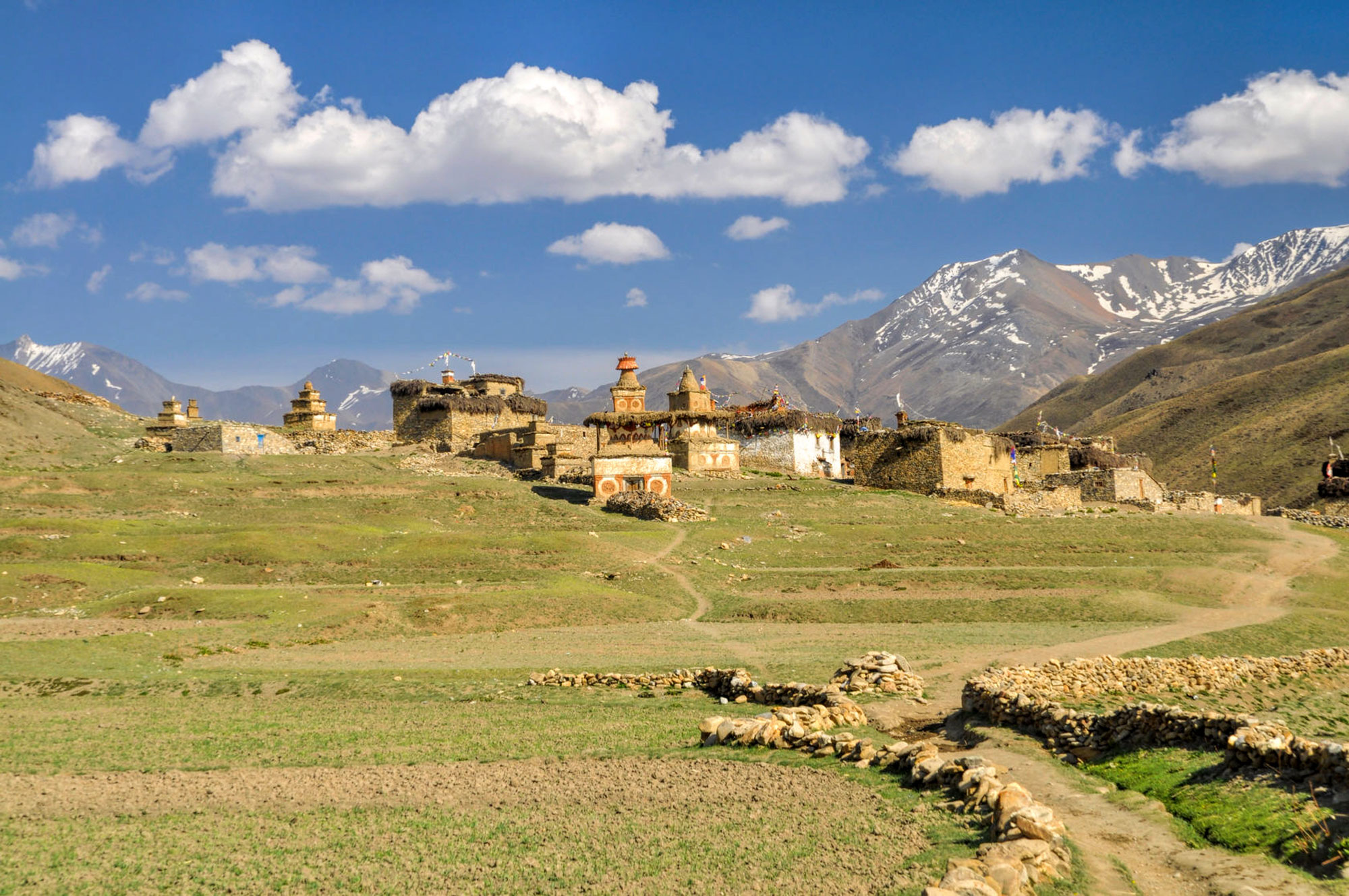Nepal needs trekkers now more than ever!
The earthquakes that struck Nepal on 25 April and 12 May occurred at a time when the major trekking season was nearing an end and it is currently the monsoon season in Nepal. It is expected that the rebuild over the coming five months will restore essential infrastructure so that travellers can be confident that Nepal will be ready once again to welcome trekkers when the new season gets underway in mid-September. Nepal’s economy is intrinsically reliant on tourism and we appeal to travellers to continue supporting the country by travelling to this wonderful Himalayan destination when the new season resumes.
Tourism is the single largest industry in Nepal. From employees of its busy airline industry to the small Sherpa trader selling handicrafts alongside a trekking trail, almost every Nepalese person benefits from tourism. These earthquakes are something that the country can – and will – recover from. However, if there were to be a sizeable decline in tourism numbers to the country post monsoon (from September onwards), the knock on effect of a major economic crisis would have further negative consequences for the nation. Now, more than ever, Nepal needs visitors and trekkers back in the country.
Is it safe to visit Nepal?
We are confident that trekking and travel in Nepal will be safe when the tourism season resumes in September. The safety of our travellers is our number one concern and an ongoing review of all trekking regions leading up to the season opening will focus solely on that. Various mountain regions across Nepal have been affected quite badly with heavy human casualties, destruction of homes and schools and decimation of crops. The Langtang region was the worst hit. Other regions have escaped the impact of the earthquake with very little major damage. The majority of the Divine International’s treks take place in the Everest and Annapurna regions, both of which escaped major damages. All of our treks into the Everest region start from Lukla and head north into an area which was relatively unaffected.
The main trails in the Annapurna and Everest regions are continually in use by local people as well as the end of season trekkers since the earthquakes. Bridges on the main trails in these two regions are all intact. Some lodges in the Everest region have been damaged but rebuilding have already started. Some other trekking regions that are safe for trekking are Mustang, Dolpo and Kanchenjunga.
Tourist areas such as Pokhara and Chitwan have not been affected and are ready for tourists.
I wish to visit Nepal after September 2015, which itinerary can I book from Divine International?
Apart from Langtang treks, all of our itineraries are valid and prices unchanged. All the UNESCO World Heritage Sites, which form part of our existing itineraries, such as Kathmandu Durbar Square, Patan Durbar Square, Bhaktapur Durbar Square, Boudhanath Stupa and Swyambhunath Stupa are currently opened to visitors. It is business as usual for us at Divine International!
Will I be a burden?
On the contrary, many Nepalese rely upon tourism to supplement the income they earn through subsistence farming while others are wholly reliant on tourism income. The people of Nepal need tourism employment. There are currently no shortages, nor is it considered there will be leading up to the new season. Nepal’s tourism infrastructure will be ready for the typically busiest trekking time of the year.
If you have postphoned your plans to Nepal in view of the disaster, we hope these updates will help you reconsider Nepal as your holiday destination from September onwards. If you have further doubts or enquiries, feel free to email or call us!

